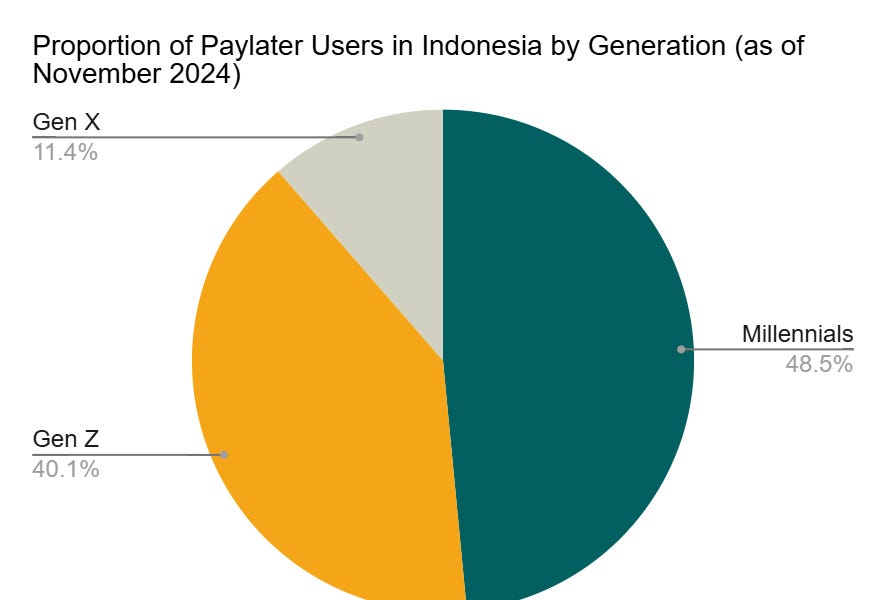Astrophysicists are scrambling to study an ancient comet from another star system that entered the solar system this year, and which has already swung past Mars.
Dubbed 3I/ATLAS, the comet poses no threat to Earth or its neighbouring planets, but has aroused immense interest as space agencies train their sights on what is only one of three interstellar objects detected by scientists.
Recommended Stories
list of 4 items- list 1 of 4Are internet rumours of a comet hurtling towards Earth true?
- list 2 of 4NASA plans to send manned Moon mission by February 2026
- list 3 of 4Why is Mexico threatening to sue Elon Musk over SpaceX debris?
- list 4 of 4Musk says 50-50 chance of uncrewed Starship to Mars by late 2026
Here is what we know about the object that is intriguing scientists:
 A diagram released by NASA on July 2, 2025 shows the trajectory of the interstellar comet 3I/ATLAS as it passes through the solar system [NASA/JPL-Caltech via Reuters]
A diagram released by NASA on July 2, 2025 shows the trajectory of the interstellar comet 3I/ATLAS as it passes through the solar system [NASA/JPL-Caltech via Reuters]What is the 3I/ATLAS?
The comet is only the third interstellar object ever recorded to pass through Earth’s solar system from another star. Comets are celestial bodies made of ice, dust and gas which orbit the sun. They are considered remnants from when the solar system formed approximately 4.6 billion years ago.
3I/ATLAS was first discovered in July by scientist Larry Dennau of the Asteroid Terrestrial-impact Last Alert System (ATLAS) telescope team, located in Rio Hurtado, Chile. The project is funded by NASA and is operated by researchers at the University of Hawaii’s Institute for Astronomy.
Before this, 1I/’Oumuamua, a rocky, cigar-shaped object, was discovered by Canada’s Robert Weryk using the Pan-STARRS telescope at Haleakala Observatory, Hawaii, in October 2017.
In August 2019, 2I/Borisov, a “rogue comet” – one that is not bound by gravity to any particular star system, so is travelling freely through space – was discovered by the Crimean astronomer and telescope maker Gennadiy Borisov at the MARGO Observatory in Crimea.
Comets are typically named after their human or station founders. The “I” in their names stands for “interstellar”, meaning that it has originated from another solar system.
Where is 3I/ATLAS travelling?
It zipped past Mars earlier in October, coming within 29 million km (18 million miles) of the red planet at a breakneck speed of 310,000km/h (193,000mph).
The comet made its closest approach to the sun at the end of October and is expected to pass closest to Earth in December, when it will be about 270 million km (170 million miles) away, according to NASA. It will still be farther from Earth than the sun, which is 150 million km (93 million miles) away.
Who is studying the comet?
A host of spacecraft and other assets have already set eyes on the celestial visitor, particularly as its current trajectory has hidden it behind the sun, making it untrackable from Earth for now. NASA notes that it will reappear on the other side of the sun by early December 2025.
Scientists are eager to understand more about the comet’s actual size and physical properties.
Aside from the Hubble telescope, other space assets owned by NASA will track, or are already tracking, the comet and relaying information about it, including:
- The Perseverance and Curiosity Mars rovers, which have been exploring Mars since 2021.
- The Mars Reconnaissance Orbiter, designed to search for water on Mars.
- The Europa Clipper mission, a space probe bound for Jupiter’s icy moon Europa, launched on October 14, 2024.
- The Lucy and Psyche missions, two robotic spacecraft launched in 2017 to visit eight different asteroids which share Jupiter’s orbit around the sun.
- The Parker Solar Probe launched in 2018 to make observations of the sun’s outer corona.
- The March 2025-launched Polarimeter to Unify the Corona and Heliosphere (PUNCH) mission, which is studying the sun’s outermost atmosphere. NASA describes the mission as “four suitcase-sized spacecraft” which “are now spread out along the planet’s day-night boundary, giving the mission a continuous, unobstructed view” of the sun.
- The Solar and Heliospheric Observatory (SOHO), run by NASA and the European Space Agency (ESA). It was launched in 1995 and, according to the project, now orbits the Sun-Earth Lagrange point L1, about 1.5 million km from Earth, from where it has a continuous view.
Separately, the ESA’s Juice spacecraft, launched in 2023 and heading to Jupiter and its icy moons, will also keep an eye on the zipping interloper throughout November.
What has been discovered so far?
Using these multiple resources, researchers have been able to capture clear enough images of the object to determine that the object is indeed a comet, as indicated by the hyperbolic shape of its orbital path, that is, the fact that the object does not follow a closed orbital path around the sun, according to NASA.
The NASA Hubble Space Telescope first captured images in July showing that the comet has a teardrop-shaped cocoon of dust coming off its solid, icy nucleus, according to the agency.
Observations by the Hubble Space Telescope put the comet’s nucleus at no more than 5.6 km (3.5 miles) across. It could be as small as 440 metres (1,444 feet), according to NASA.
3I/Atlas’s coma – the fuzzy halo which appears around comets – is full of carbon dioxide, meaning it must have formed somewhere very cold, and therefore quite far from its star, Darryl Seligman, a planetary scientist at Michigan State University, told US Magazine, Scientific American.

 2 hours ago
4
2 hours ago
4











































